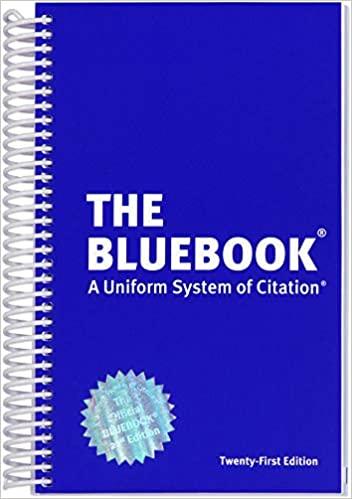Question
In the attachment, you'll see three Japanese American Men who fought their government during the aftermath of the bombing of Pearl Harbor on December 7,
In the attachment, you'll see three Japanese American Men who fought their government during the aftermath of the bombing of Pearl Harbor on December 7, 1941. The US government forced over 100,000 Japanese Americans into what were called "internment camps" throughout the United States and even in Canada. One such camp you may have even visited - Santa Anita Racetrack. People lived in horse stalls. Remind you of anything going on today with refugees?
Anyway, this discussion relates to Executive-Order 9066, signed by President Franklin D. Roosevelt, on February 19, 1942, in direct response to the government's belief that Japanese Americans were a "threat" to national security. Funny, we hear a lot about this in today's headlines don't we?
After reading this short article, let's discuss the legal reasoning of these constitution

Step by Step Solution
There are 3 Steps involved in it
Step: 1

Get Instant Access to Expert-Tailored Solutions
See step-by-step solutions with expert insights and AI powered tools for academic success
Step: 2

Step: 3

Ace Your Homework with AI
Get the answers you need in no time with our AI-driven, step-by-step assistance
Get Started


